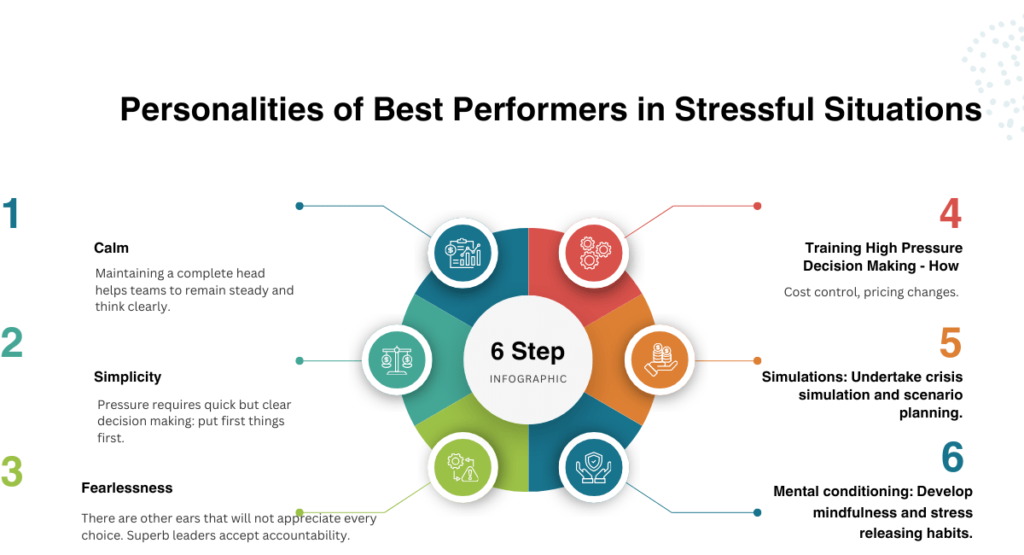In today’s high-stakes business environment, the modern CEO is more than a figurehead atop the organizational hierarchy. They are futurists, business functioning, culture designers, and individuals struggling to comprehend transformational upheaval never witnessed over thousands of years. From global disruptions to technological revolutions, today’s CEOs are constantly adapting—and so are their leadership styles.
Gone by the way are autocratic leadership and top down decision making. The CEO who can work in futuristic years is agile, empathetic, and forward looking in 2025. How then does that look like? What informs the decisions, behaviors, and strategies of today’s elite executives? This article has an insider look into the mind of a modern day CEO and it slices through the transforming practices which define great leadership in this age.
The CEO of the Past compared to the CEO of the Present
The CEOs of yesterday used to be hard choices leaders who cared more about figures alone. The majority of them possessed command and control philosophy that contained little openness, employee participation or vulnerability. Measures of the results were quaterly results and stockholder value.
However, as time progressed, and particularly due to the COVID 19 pandemic and the spread of the social revolutions in the 2020s, leaders had to change. The modern CEO is expected to do and be more than ever: crisis manager, culture carrier, and digital transformer, diversity champion.
These requirements have revolutionized the leadership styles where a new archetype characterizing leadership has emerged with a premium placed on influence rather than ego.

The Major Features of a Contemporary CEO Leadership
1. Leadership based on Empathy
Successful CEOs today realize that emotional intelligence is not a soft skill – it’s a business imperative. The empathy helps leaders establish trust, reduce turnover and engage workers more. Compassionate and genuine leadership is the order of the day under the most respected leaders.
Example: Microsoft’s Satya Nadella reversed the company culture by putting empathy at the forefront of strategy. His leadership has been attributed to making Microsoft a top valued company in the world—along with enhancing employees’ morale and retention.
2. Decision Making It Informed by Data
Today’s leaders merge gut feeling with hard facts. The real time dashboards, predictive analytics, and consumer data being used more and more by CEOs are helping them form their vision. They’re not dictated by numbers—but data augments intuition.
Example: Jeff Bezos relied on both data and his well known “regret minimization framework” to drive important decisions. Starting Amazon Web Services all the way to acquiring Whole Foods, his ability to juxtapose metrics and such vision shook business.
3. Agile Mindset
CEOs are not able to use set plans in 2025. They must change directions depending on the changes in markets, consumer preferences or technology in a short time. The agile mind gives birth to resilience and continuous innovative culture.
Example: Spotify’s Daniel Ek employed squad based teams in order to keep pace and innovate. This lean company has enabled Spotify to lead the pack and post swift responses to user behaviors and trends on the platform.
4. First Wave of Purpose Leadership
CEOs today understand that employees and customers passionately care about a brand’s values. Because of purpose fueled companies not only achieve high performance but they also foster trust and loyalty.
Example: Patagonia’s CEOs have always been environmentally conscious. These radical measures like skipping Black Friday shopping or giving money to green initiative have made the brand more courageous and also attracted the most talented.
The Secret Behind Daily Habits of Visionary CEOs
Observing CEOs’ daily habits also helps us understand their leadership style. Although each is unique, shared habits reveal what’s on their mind:
• Morning mindset: CEOs start their day with mindfulness strategies. This maintains their minds within the limits and it helps them make rational choices.
• Directions studies: Dedicated studies Great CEOs are life long learner. They consume a lot of readings, listen to podcasts, and explore other opinions.
• Team immersion: Great leaders will spare some time listening, and no, even more listening, than talking. They have an open office time, skip level meetings and internal feedbacks are important.
Case Study: Mary Barra, the GM CEO
Barra is a leader among today’s CEOs. Picked to take the reins of a historically male dominated sector, she’s guided General Motors through historic shifts—most recently, a pledge toward an all electric future.
She reconciles rational engineering with caring, value centered communication. She’s also spearheaded workplace diversity, hybrid work arrangements, and ethical supply chain sourcing.
Her approach demonstrates how decisive and humane actions could make a difference.
Jane Fraser CEO of Citigroup Case Study
In November, Jane Fraser became the first female chief of a significant U.S bank. But more than her rank, it’s her innovative style of leadership that has differentiated her.
She pioneered hybrid work well ahead of peers and started wellness initiatives that focused on employees’ mental well being. Fraser also took a strong position on societal matters, and ESG (environmental, social, and governance) became a cornerstone of the bank’s strategy.
Fraser’s leadership demonstrates that business intelligence and emotional intelligence are not adversaries—they’re complementary partners.
Setbacks of Modern CEOs
Leaders who are currently in power are under a lot of pressure despite the developed styles:
• The cross time zone management of hybrid workforces
• Mitigating climate risk and digital ethics
• Handling democratic activism and consumer values that keep changing fast
In order to succeed, CEOs must be able to create a balance between a long game and short term pressures they must stay emotionally and mentally strong.
Conclusion : The Future of modern CEO
The result of the quest into the mind of a modern CEO is that numbers get to be found there that are not associated with business. Relationships, high pressure decisions, and great commitment to purpose and people we discover.
The kind of leadership styles in the year twenty twenty five are not about power about influence. They’re not fixed—about flexibility. And they’re not about ego—about empathy.
From Satya Nadella’s culture first strategy to Jane Fraser’s mental health initiatives, visionary CEOs today are redefining what it means to lead.
The most successful leaders are the ones who listen more than they talk, who think longer than quarterly returns, and who know that a company’s most valuable asset is never the product—it’s the people.






